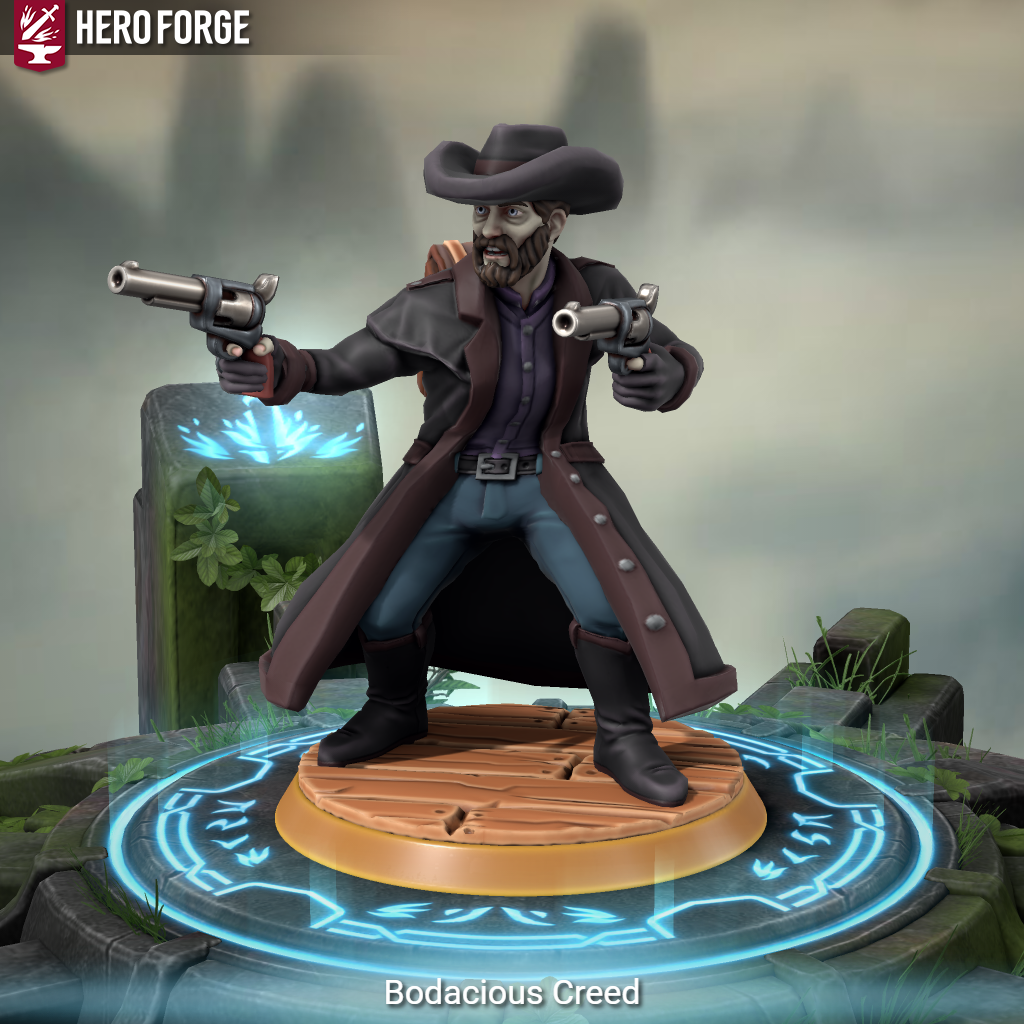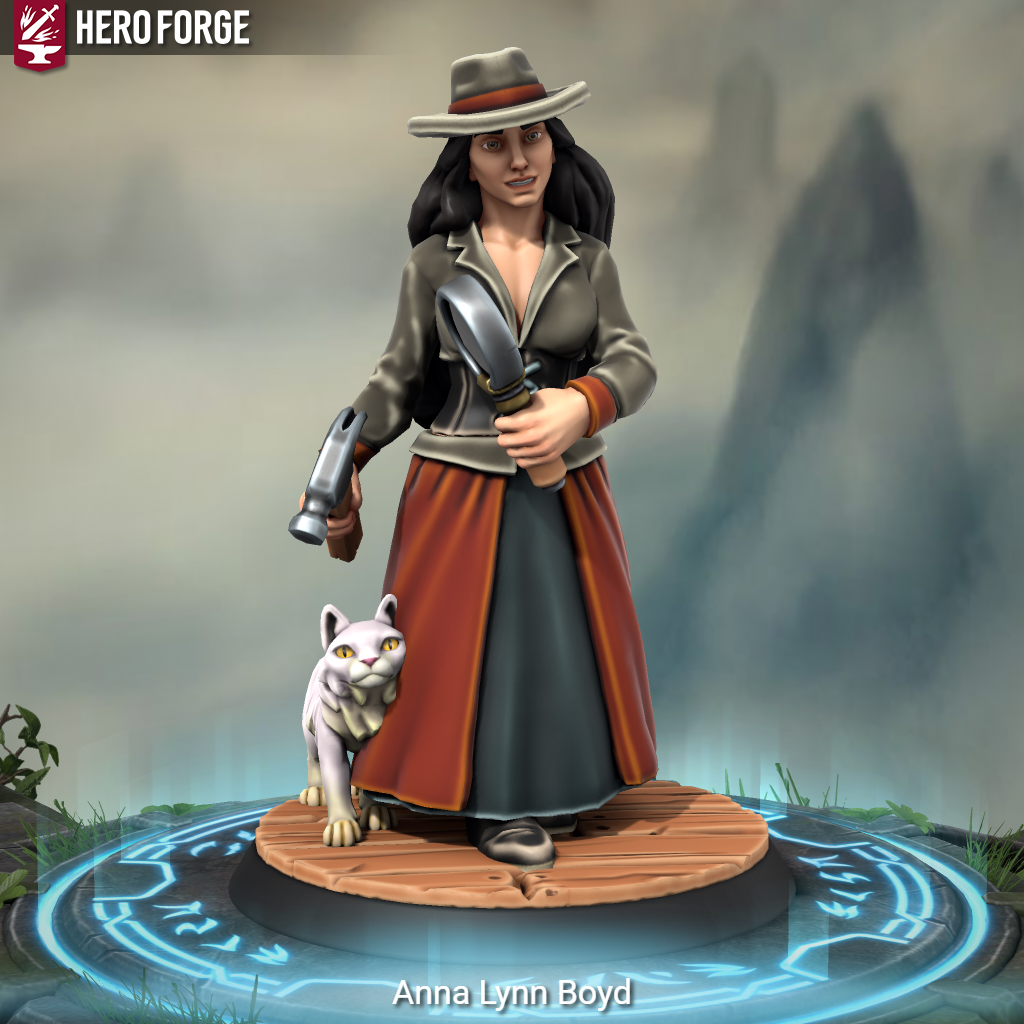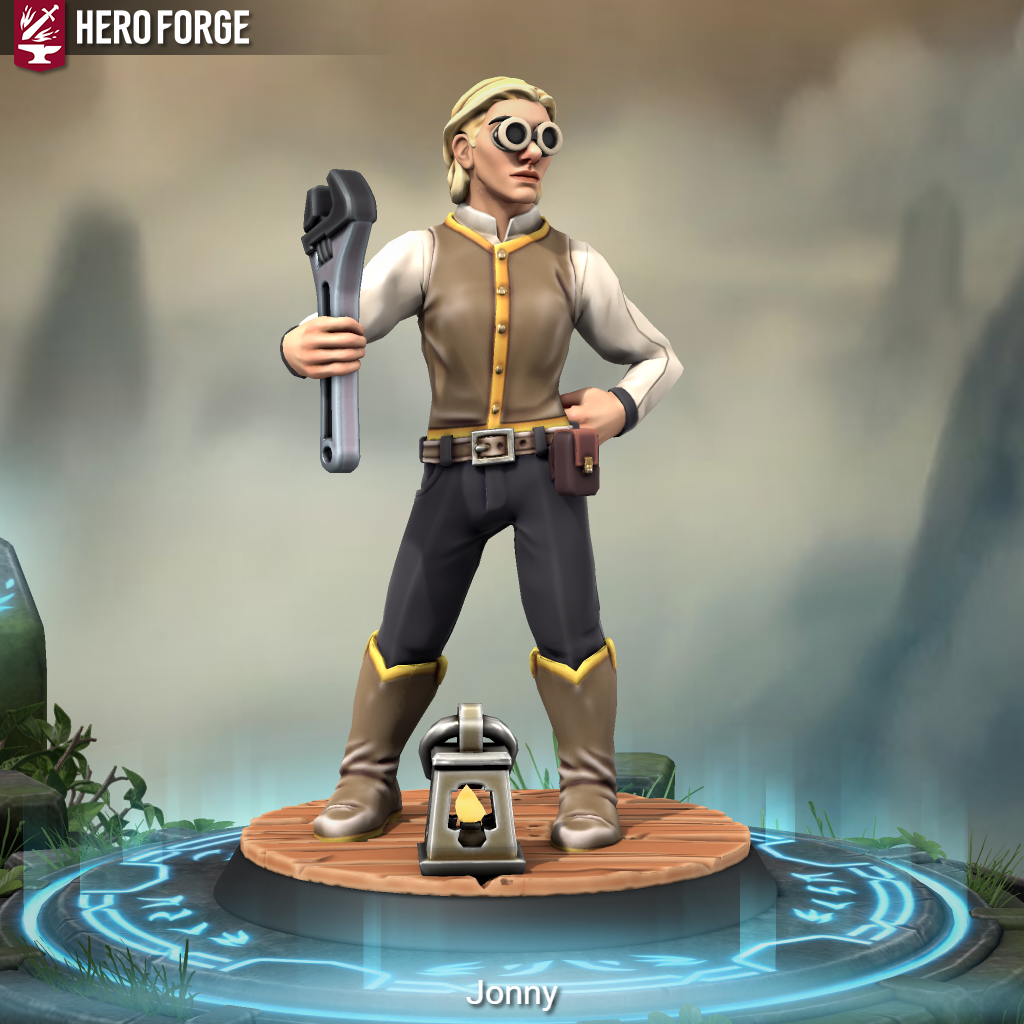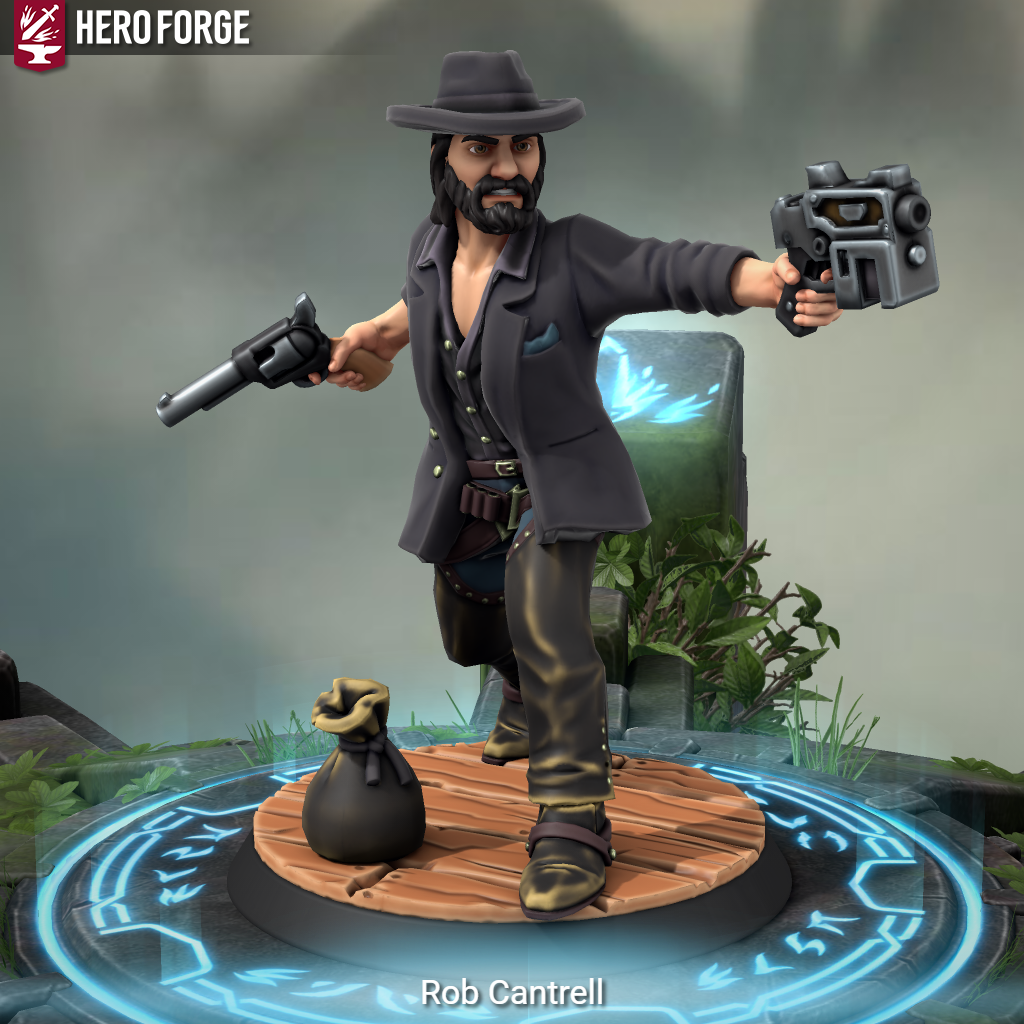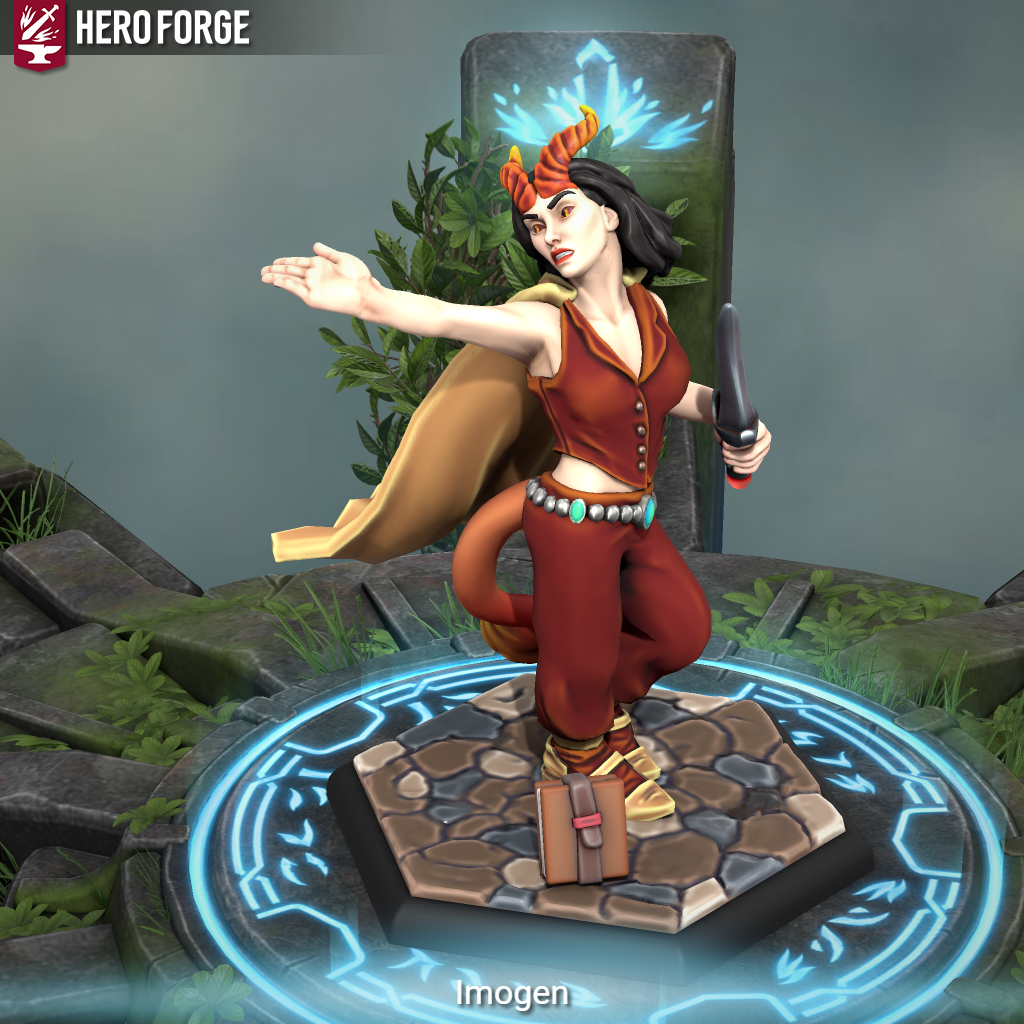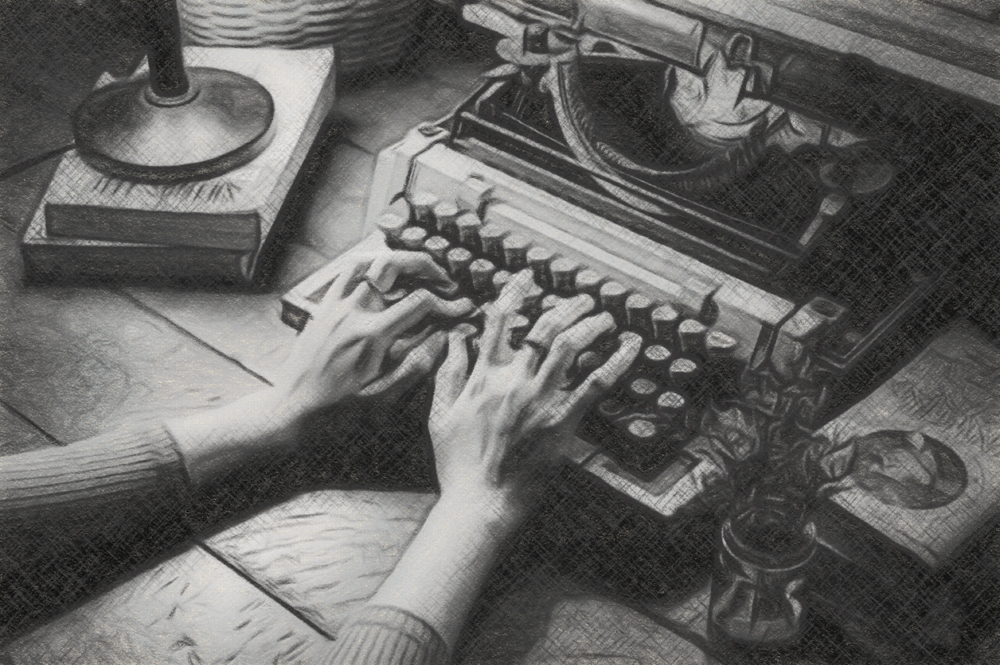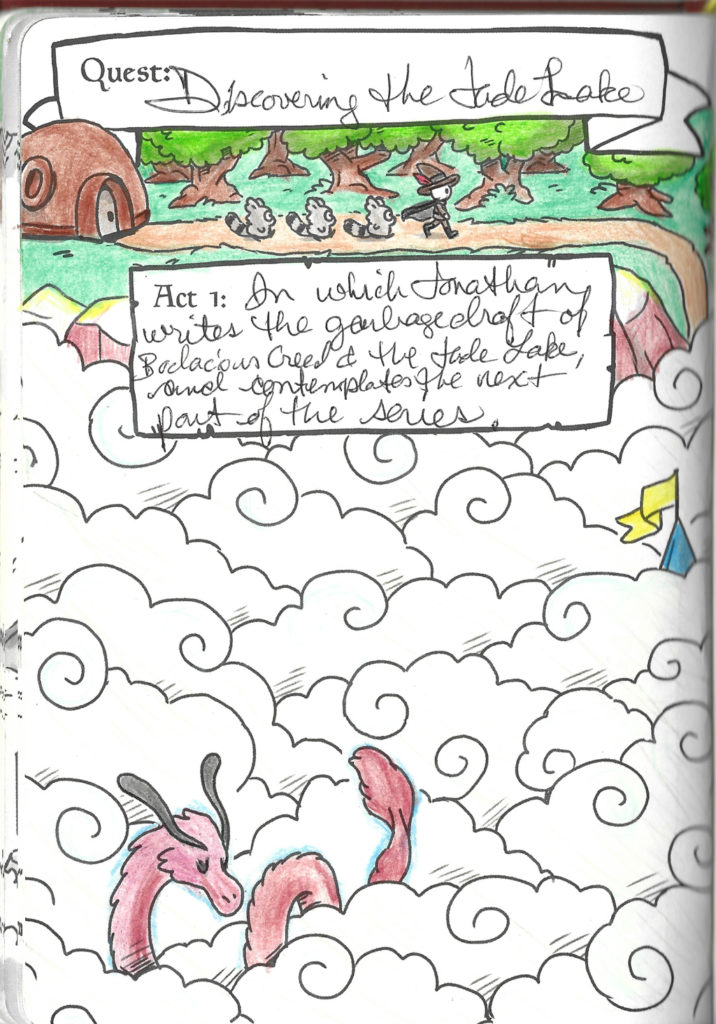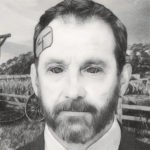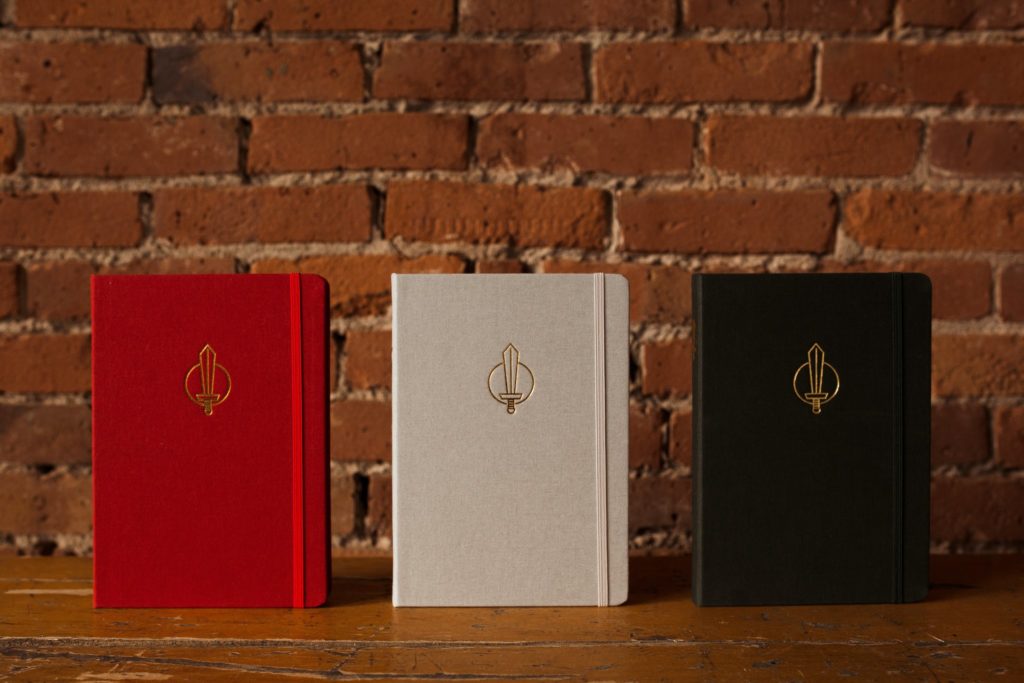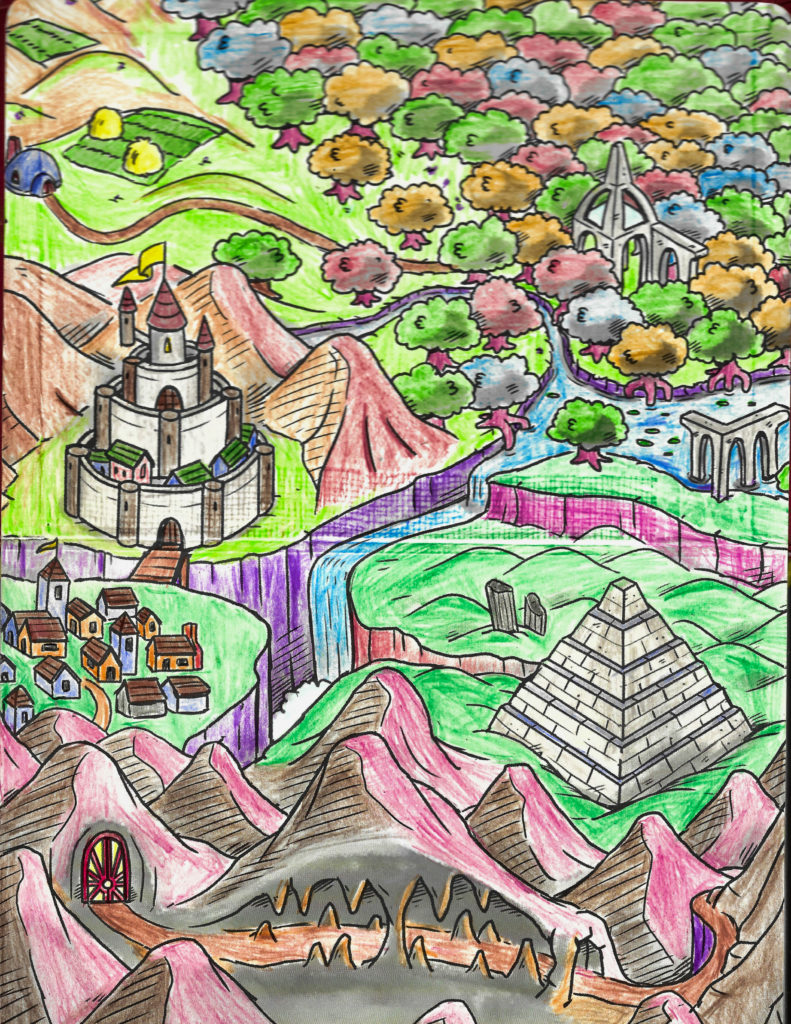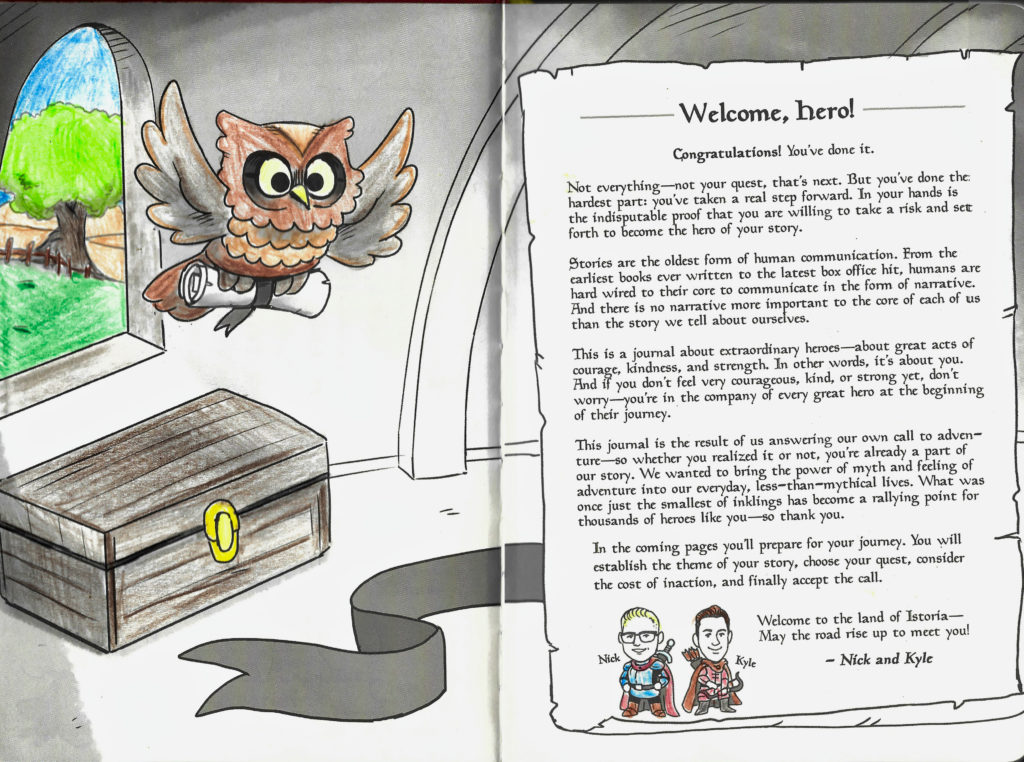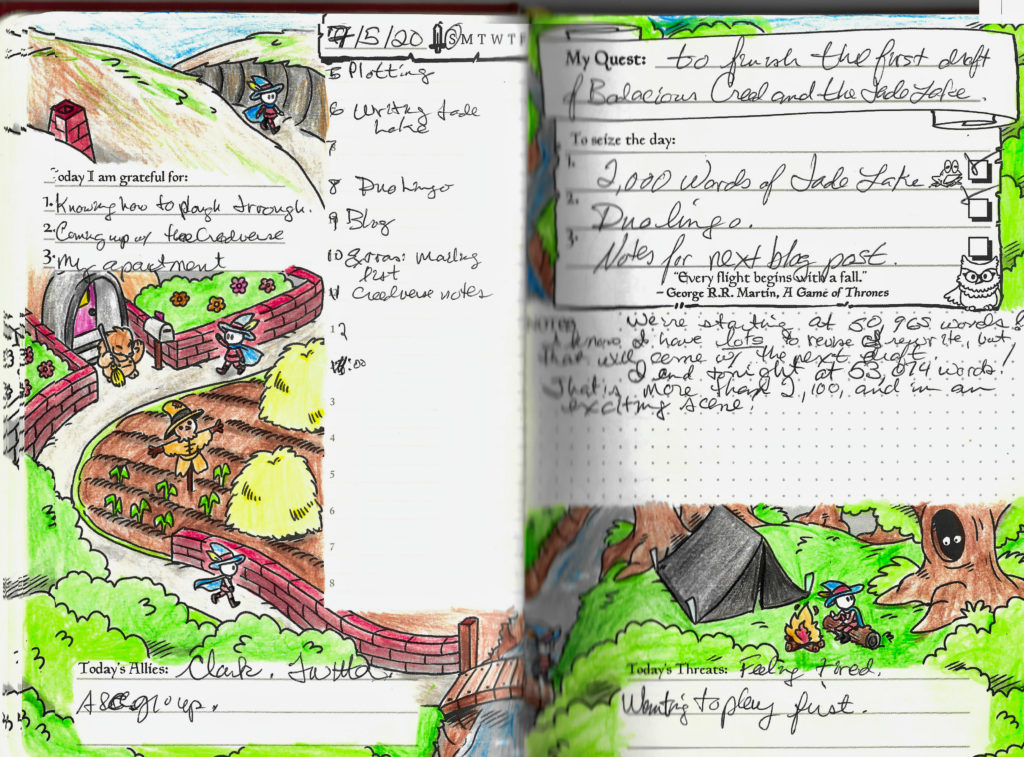
innovation by Queer Sci-Fi!
For the second year in a row, I’m proud to say that I have a flash-fiction story in the latest Queer Sci-Fi anthology!
Innovation by Queer Sci-Fi came out this month, and it features 120 stories, 300 words or fewer, by many stars and rising talents in science fiction and fantasy. Published by Other Worlds Inc, and edited by J. Scott Coatsworth, each story incorporates LGBTQ+ themes and the idea of innovation.
My own contribution, Lucy Morgan Loves Anna Boyd, involves characters from my series, The Adventures of Bodacious Creed, which includes Bodacious Creed: a Steampunk Zombie Western, and my novel-in-progress, Bodacious Creed and the Jade Lake.

EXCERPTS
Here are some story excerpts from Innovation by Queer Sci-Fi.
“The fields are overgrown, have been for years with all the Bios underground. The wind kisses the grass in serpentine patterns long forgotten, patterns the Bios couldn’t imagine anymore. My mechanical hand stores the seed envelope in the mechanical pocket in my androgynous torso. In these suits, there is no gender. Gender is, always has been, in the mind. And I am finally, unequivocally, female.” —Seed, by Val Muller

“No one in the village knew what the Change would bring. They never saw it happen. They only knew what they had been promised: the Change would bestow three gifts.” —A New Way, by Rory Ni Coileain

“The girl kissed her, hard. Then backed away, grinning, teasing, drawing her to the end of the hallway and a flight of stairs leading downward. She took two steps and gazed back up at Lilian, one hand outstretched. Her brilliant red lipstick wasn’t even smudged. Her skin glowed in the harsh white torchlight.” —The Thing With the Bats, by Mary Francis
“Interspecies sex is outlawed on the Freespec Interplanetary Space Station. Politicians call it a safety measure. But I’ve been in the Medical Corps for half my lifecycle, and I call it criminally negligent prudery. Leaders would rather let innocents die needlessly—punctured by sperm darts and dissolved in sacks of voltaic pleasure mucus—than give them the knowledge to express their feelings safely.” — Are My Underwater Sperm Darts Normal?, Brenna Harvey
“The bell’s brassy gong echoes through the flat; the walls blush crimson. See, see! He’s at my door. The live feed shows him sniff his armpit; cup his breath. He wants to impress, but I’m impressed already. His lips softly part; he brushes them with stubby fingers, as he waits. Ugly fingers. Ugly hands. Scrawny neck. Milky eyes. But those lips, see, they’re perfect, just perfect. Plump n’ pale, a slither of my future.” —Just perfect, by Redfern Jon Barrett

“Lekke looked down over the valley, First People’s home for as long as any tales or dreams could tell. Now only Spirit Dreamer Manoot, neither he nor she but both, and Lekke, elder healer, were left. Lifetimes of Long-legs’ raids had driven First People to their deaths—or, some few, to the Way. If there truly was a Way.” —Going Back,” by Sacchi Green
“Savinna limped into her lover’s workshop, her hip still sore from tangling with the marabbecca which had knocked her into its well before she managed to kill it. Such was the life of a monster hunter. Not at all surprised to see Larissa hunched over her bench, hard at work tinkering with something, Savinna ghosted her hand over Larissa’s back.” —Those Who Hunt Monsters, by Jana Denardo

“The baby cried as Freya lowered the bartering bucket into the wishing well. Many had come to the tree-shrouded clearing to make exchanges—a bushel of azure apples for a sword, a woven blanket for a day of rain. The well had been the final creation of a thousand-year-old inventor. But dead wizards often don’t anticipate how their gifts birth consequences.” —The Bartering Bucket, by Diane Callahan
GIVEAWAY
Queer Sci Fi is giving away your choice of a $20 Amazon gift card OR a print copy of four of the other five flash fiction books in the series – Flight, Renewal, Impact, and Migration! (US only unless you are willing to pay the shipping outside the US.)
Enter via Rafflecopter
the authors
Wondering who all the authors are? Here’s the list!
Adrik Kemp, Alex Silver, Alex Stargazer, Allan Dyen-Shapiro, Andi Deacon, Andrea Speed, Andrew Vaillencourt, Ava Kelly, Barbara Johnson-Haddad, Barbara Krasnoff, Beáta Fülöp, Benoit Lafortune, Blaine D. Arden, Bob Milne, Brenna Harvey, Brooke K. Bell, C.L. McCartney, Cassidy Frazee, Chet Gottfried, Chloe Spencer, Chris Bannor, Christine Wright, Christopher Koehler, Clare London, D.J. Clarke, D.M. Rasch, David Gerrold, Devon Widmer, Diane Callahan, E. L. Harrison, E. Romeis, E.D.E. Bell, E.M. Hamill, Edie Montreux, Elaine Burnes, Eloreen Moon, Emilia Agrafojo, Emma Johnson-Rivard, Eric Warren, Evelyn Benvie, Gareth Worthington, Ginger Streusel, Howard V. Hendrix, J. Needham, J. Zachary Pike, J.S. Garner, Jade Black, James Alan Gardner, Jamie Lackey, Jana Denardo, Jasie Gale, Jeff Jacobson, Jennie L. Morris, Jet Lupin, Jon Miller, Jonathan Fesmire, Joshua Ian, Julian Maxwell, K. Kitts, K.L. Townsend, K.S. Marsden, KA Masters, Katelyn Cameron, Kellie Doherty, Kevin Andrew Murphy, Kevin Klehr, Kim Fielding, Kitt Harris, Koji A. Dae, L.S. Reinholt, L.V. Lloyd, LC Treeheart, Lee Jordan, Lee Soeburn, Lou Sylvre, M. X. Kelly, Maria Zoccola, Mary E. Lowd, Mary Francis, Mary Kuna, Matt Doyle, Mere Rain, Milo Owen, Minerva Cerridwen, Naomi Tajedler, Nathan Alling Long, Nathaniel Taff, Nicole Dennis, Nina Kiriki Hoffman, Noah K. Sturdevant, Patricia Scott, Paul Uebler, R. E. Carr, R.L. Merrill, Raine Norman, Ray Lidstone, RE Andeen, Redfern Jon Barrett, Rory Eggleston, Rory Ni Coileain, Rosalie Wessel, S S Long, Sara Testarossa, Sean Ian O’Meidhir, Shannon Brady, Shannon Yseult, Skip J. Hanford, Stephen B. Pearl, Stephen J. Wolf, Steve Carr, Stone Franks, Stuart Conover, Susan James, Sydney Blackburn, T. T. Thomas, T.W. Cox, Tom Jolly, Val Muller, Warren Rochelle, William Tate.
“Writers and artists know that ethereal moment, when just one, fleeting something–a chill, an echo, the click of a lamp, a question—-ignites the flame of an entire work that blazes suddenly into consciousness.” ~ Nadine C. Keels

